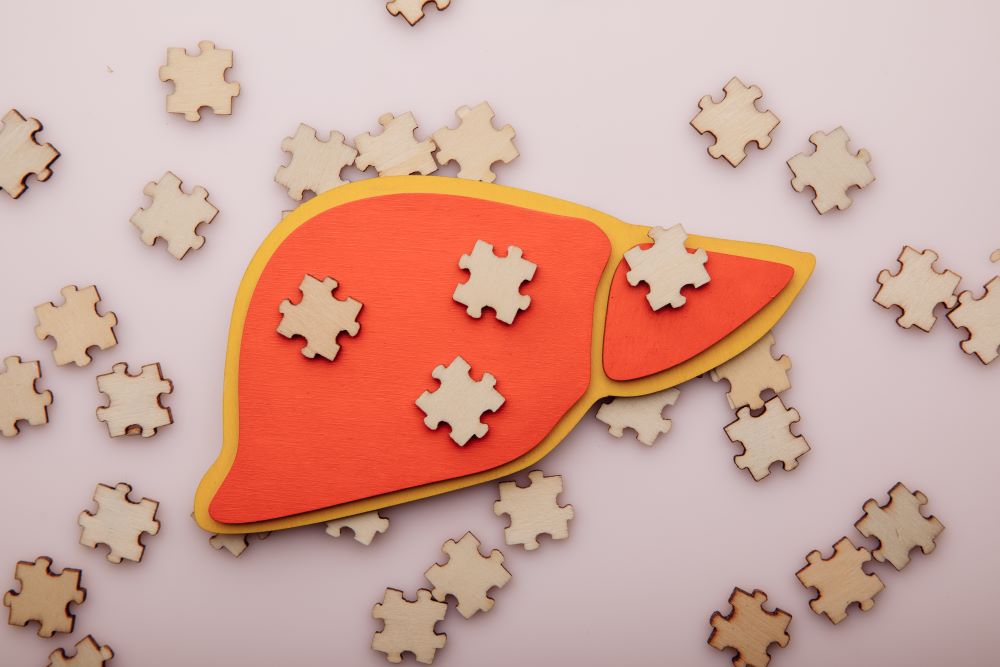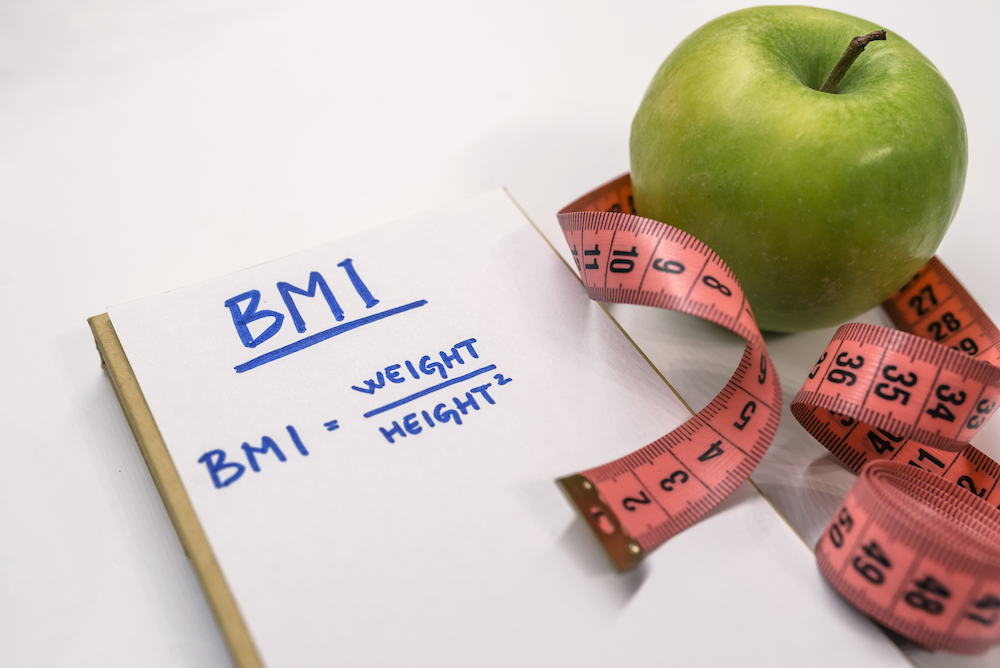7 effective techniques for quick headache relief

Headaches can be an unwelcome disruption to our daily lives, often hindering productivity and causing discomfort. Whether it’s a tension headache, sinus pressure, or a migraine, finding quick relief is essential. While it’s important to address the underlying causes of recurrent headaches, there are several simple techniques you can employ to alleviate the pain swiftly. In this blog, we will explore seven effective methods for quickly relieving headaches.
- Apply a cold or warm compress:
Temperature therapy can be a valuable tool in combating headaches. For tension headaches, apply a cold compress, such as an ice pack or a cold towel, to the affected area for 15 minutes. The cold temperature helps reduce inflammation and constricts blood vessels, providing relief. On the other hand, if your headache is caused by sinus congestion, a warm compress can help alleviate the discomfort by soothing the sinus passages and promoting drainage.
- Practice relaxation techniques:
Stress and tension are common triggers for headaches. Engaging in relaxation techniques can help ease muscle tension and alleviate pain. Consider trying deep breathing exercises, meditation, or progressive muscle relaxation. Find a quiet, comfortable space, close your eyes, and focus on your breath, allowing your body and mind to relax. Regular practice of these techniques can help manage stress and prevent future headaches.
- Stay hydrated:
Dehydration is a common cause of headaches, so it’s crucial to keep your body hydrated throughout the day. Drink plenty of water, especially if you’re engaging in physical activity or spending time in a hot environment. Remember that caffeine and alcohol can contribute to dehydration, so moderate your consumption of these substances. Aim to consume at least eight cups (64 ounces) of water daily to prevent dehydration-related headaches.
- Try over-the-counter pain relievers:
Over-the-counter pain relievers can be effective in providing quick headache relief. Medications such as acetaminophen, ibuprofen, or aspirin can help alleviate pain and reduce inflammation. Always follow the instructions on the packaging and consult a healthcare professional if you have any underlying health conditions or concerns.
- Massage and stretch:
Massaging the affected area and practicing gentle neck and shoulder stretches can provide significant relief for tension headaches. Apply gentle pressure to the temples, forehead, and the base of the skull to help relax the muscles. Additionally, perform slow neck rotations, shoulder rolls, and stretching exercises to release tension in these areas. Regular massages and stretching routines can help prevent tension headaches from occurring in the first place.
- Adjust your environment:
Certain environmental factors can trigger headaches, such as bright lights, loud noises, or strong odours. To find quick relief, try adjusting your surroundings. Dim the lights or create a soothing, dark environment. Wear earplugs or listen to calming music to reduce noise-induced stress. Additionally, avoid strong perfumes or odours that may exacerbate your headache symptoms.
- Get adequate rest and sleep:
Lack of sleep or poor-quality sleep can contribute to headaches. Ensure you are getting enough rest by establishing a consistent sleep routine. Maintain a comfortable sleep environment, free from distractions, and aim for the recommended 7-9 hours of sleep per night. If you find it difficult to sleep due to your headache, try using a supportive pillow or applying a warm compress to your neck or forehead.
While it’s crucial to address the root causes of headaches for long-term relief, these seven techniques can help you find quick relief when headaches strike. Remember to listen to your body, stay hydrated, manage stress levels, and create a calm and comfortable environment. However, if headaches persist or become severe, it is advisable to consult a healthcare professional for a proper diagnosis and further guidance.


